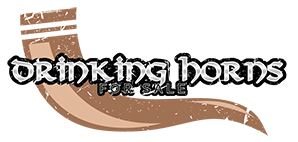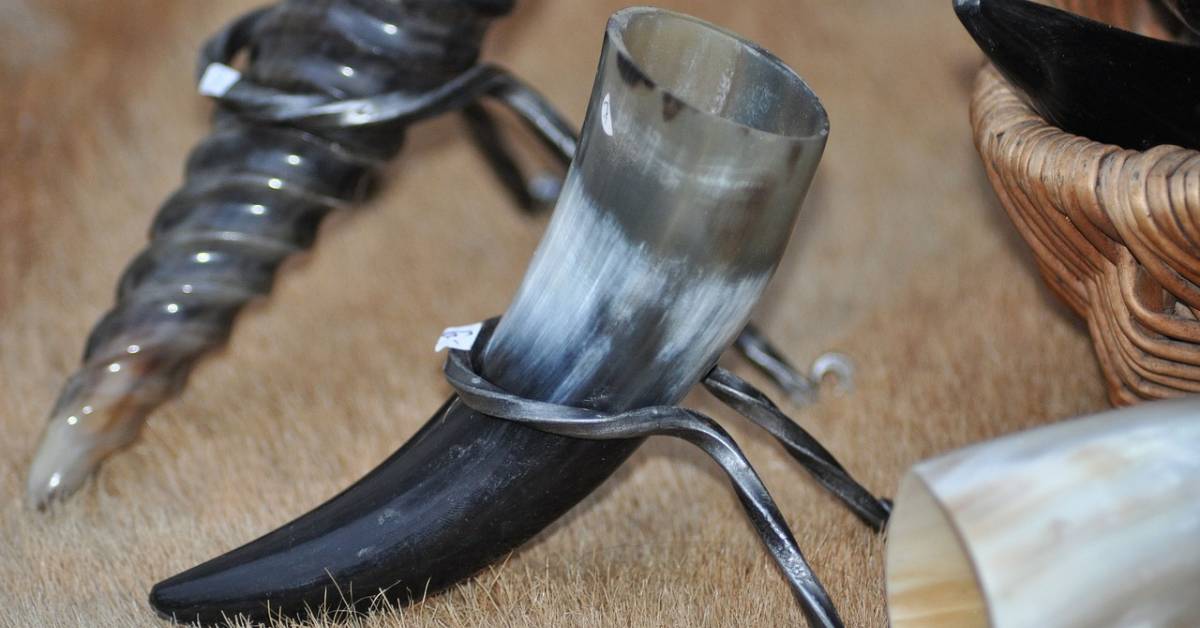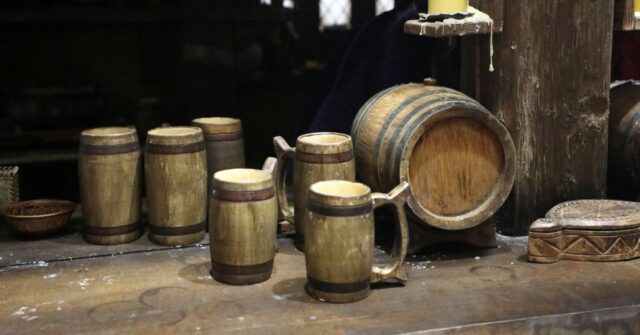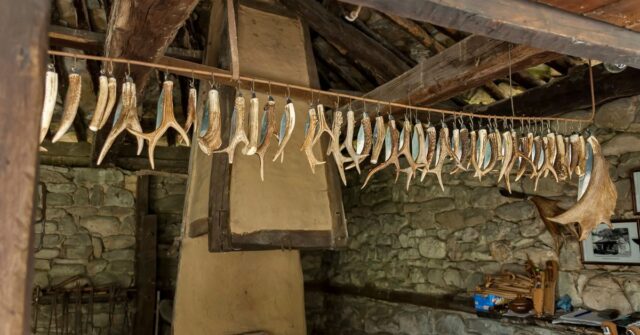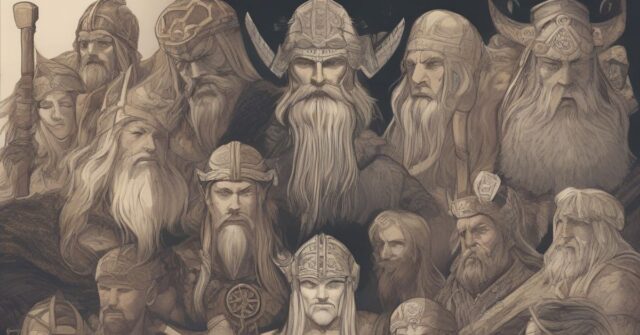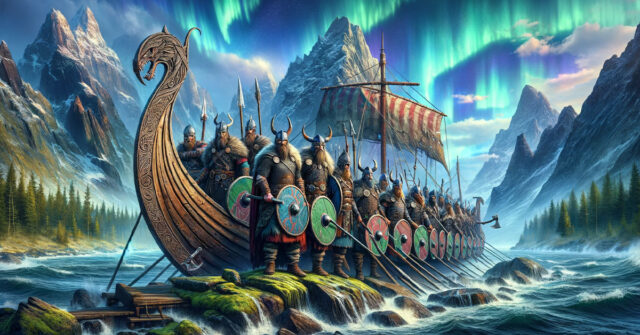In this article, we delve into the rich historical and symbolic significance of drinking horns, a cultural artifact that has remained more than just vessels.
Spanning centuries and different cultures, the drinking horn embodies a range of cultural narratives, myths, and socio-political nuances.
Introduction to Drinking Horns
Drinking horns have been essential artifacts across various civilizations, depicting a unique fusion of utility, symbolism, and cultural significance.
Before we delve into their specific roles in folklore, it’s essential to understand what they are, their historical context, and their basic symbolism.
The Basics of Drinking Horns
Drinking horns, as the name suggests, are drinking vessels made from the horn of various bovid animals.
These are typically hollowed out and polished, creating a unique and organic vessel for the consumption of a variety of liquids, most notably alcoholic beverages.
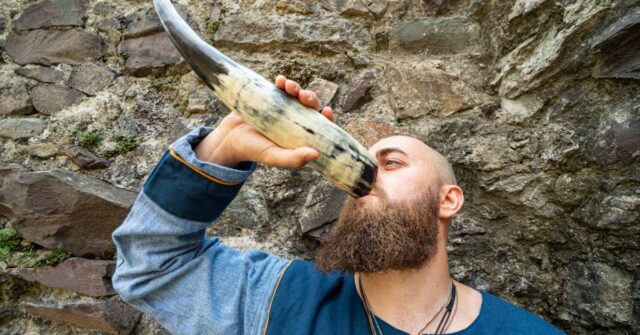
Historical Context
Drinking horns date back to classical antiquity and have been found in cultures ranging from the Scythians of Eurasia to the Germanic tribes of Northern Europe.
Their use has often been associated with ceremonial practices and high social standing.
Symbolism and Significance
Beyond their utility as vessels, drinking horns often symbolize power, fertility, and abundance. They have been associated with religious rituals, warrior ethos, and status symbols, making them important cultural artifacts.
The Origin of Drinking Horns
Drinking horns have a rich history that stems from early human civilizations. The transition of their use and significance from antiquity to medieval Europe forms a fascinating narrative.
Antiquity and Use in Ancient Cultures
The earliest known use of drinking horns dates back to the Bronze Age. They were prominent in ancient Persia, Greece, and Rome, where they were used by both nobility and warriors alike.
These drinking horns were often elaborately decorated, sometimes with gold and silver, indicating their high status.
Transition to Medieval Europe
Drinking horns maintained their significance as they transitioned into medieval Europe.
Here, they took on additional roles in rituals and became central elements in the cultures of Germanic tribes, Norsemen, and Celts, amongst others.
Drinking Horns in Various Cultures
Drinking horns have been an integral part of various cultures, each with unique interpretations and practices. From the Germanic tribes to the Slavic folklore, drinking horns held different meanings and uses.
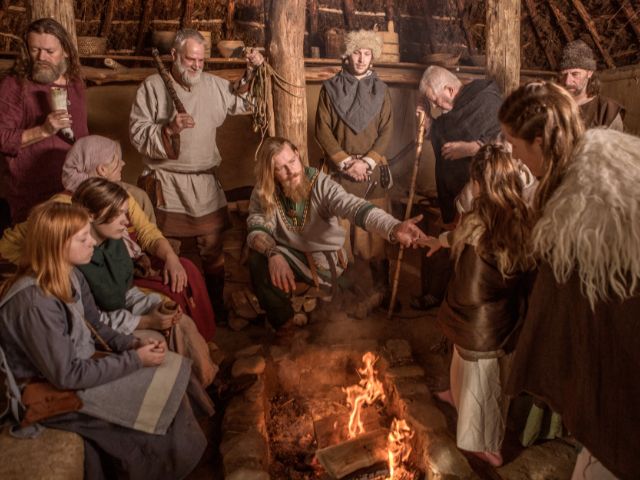
Germanic Tribes
In Germanic cultures, drinking horns were often used in ceremonial contexts, especially during feasts. They were seen as symbols of power and warrior strength.
The larger and more ornate the horn, the higher the social standing of its owner.
Norse Culture
For the Norse, drinking horns held both ceremonial and everyday significance. They were often used in toasts and oaths, further reinforcing their symbolic importance. They also played an important role in Norse mythology.
Celtic Traditions
The Celts also used drinking horns, particularly during religious ceremonies and communal celebrations. Like in other cultures, they were seen as a symbol of power and status.
Slavic Folklore
In Slavic folklore, drinking horns were associated with hospitality and kinship. They were often used in rituals that celebrated alliances, weddings, and victories.
Depictions in Myth and Legend
The drinking horn’s ubiquity in historical cultures ensured its place in myth and legend. Its presence in Norse mythology and Arthurian legends, among others, further enriches its cultural significance.
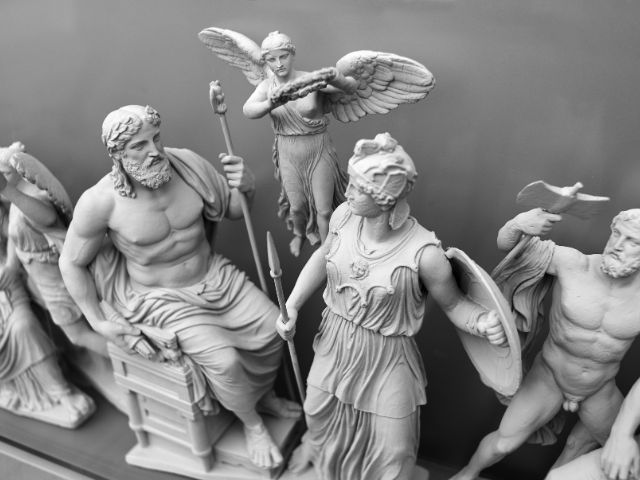
Role in Norse Mythology
Drinking horns feature prominently in Norse mythology. One of the most notable instances is the story of the Mead of Poetry, where the god Odin drinks from a horn containing a mead that confers the gift of poetry and scholarship.
Drinking Horns in Arthurian Legends
In Arthurian legends, drinking horns were used in feasts at the Round Table. These events often symbolized unity, fellowship, and the shared pursuit of chivalry and honor among knights.
Other European Mythologies
Drinking horns also feature in other European mythologies, where they are often associated with the divine, the heroic, or the supernatural. Their inclusion underlines their cultural and symbolic importance throughout history.
Symbolism and Metaphorical Meanings
Drinking horns have been attributed with various metaphorical meanings. Their association with power, fertility, and the warrior ethos contributes to their cultural richness.
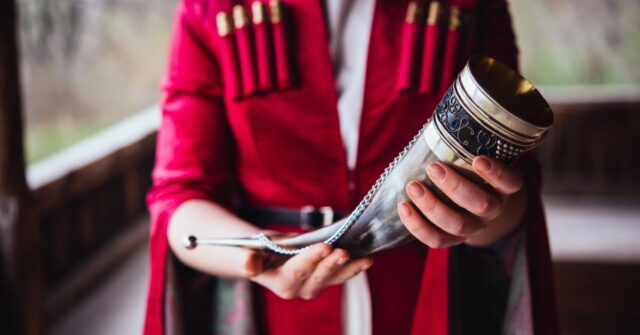
Connections with Power and Status
The use of drinking horns was often restricted to the elite in many cultures, symbolizing power and high social status. The more ornate the horn, the greater the prestige of its owner.
Associations with Fertility and Abundance
In many cultures, the horn, being a symbol of the fertile animal, often symbolized abundance and prosperity. In religious rituals, drinking from a horn was often associated with invoking fertility and bounty.
Link with Warrior Ethos
Given their use by warriors and chieftains, drinking horns were also symbols of courage, strength, and valor. They were often part of rituals that reinforced the warrior ethos, such as oath-taking and toasting to victories.
Drinking Horns in Ritual and Ceremonial Uses
Throughout history, drinking horns have been used in various rituals and ceremonies. They held central roles in feasts, oath-taking, and religious ceremonies, symbolizing unity, honor, and spiritual connection.
Use in Feasts and Celebrations
Drinking horns were commonly used in feasts and celebrations, being passed around as a sign of unity and fellowship. They were also used to toast for good health, prosperity, and victory.
Role in Oath-Taking
In many cultures, drinking horns were used in oath-taking ceremonies. Drinking from the horn was seen as a binding act, solidifying the oath’s seriousness and binding nature.
Sacred and Religious Significance
Drinking horns have also been used in various religious rituals. They were often associated with divine figures and used in rites that sought blessings and prosperity.
Drinking Horns in Modern Interpretations
While their practical use has declined, drinking horns continue to feature prominently in modern literature, cinema, and even contemporary pagan practices, preserving their rich historical and symbolic legacy.
In Modern Literature and Cinema
Modern literature and cinema, particularly in the fantasy genre, often feature drinking horns.
From the feasts in the halls of Rohan in J.R.R. Tolkien’s “The Lord of the Rings” to the Viking-themed “Game of Thrones,” drinking horns remain vibrant cultural symbols.
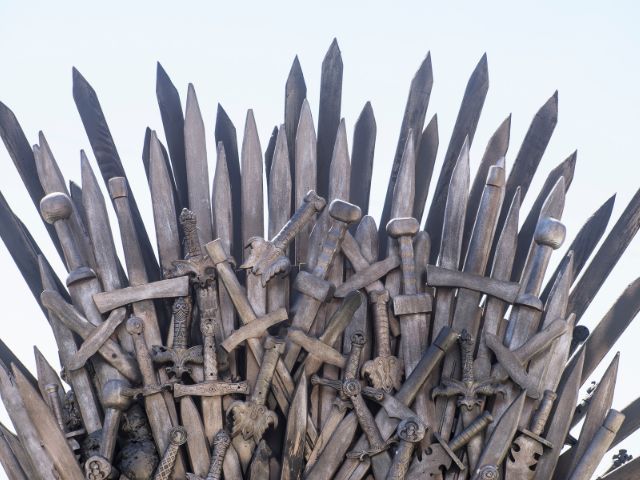
Role in Contemporary Pagan Practices
In contemporary Pagan practices, especially those seeking to reconstruct ancient Germanic and Norse religions, the drinking horn holds a sacred place.
It is used in rituals to invoke the gods and ancestral spirits, symbolizing a link with the past.
Conclusion: The Lasting Legacy of Drinking Horns
From ancient history to modern interpretations, drinking horns have maintained their cultural significance. They stand as a testament to human civilization’s intricate relationships with nature, the divine, and social structures.
Drinking Horns as Cultural Icons
Drinking horns, over time, have become cultural icons. They symbolize a range of values, from power and courage to fertility and abundance, and continue to enrich our understanding of various historical cultures.
Future of Drinking Horns
While their practical use may have diminished, the future of drinking horns as cultural and symbolic artifacts remains secure.
Through literature, cinema, and modern-day rituals, they continue to enthrall and inspire, reminding us of our shared human history.
